|
What does a Greek engineer from Santorini do when he can’t find an excellent Greek wine to drink while living in San Francisco? He finds a winery in Sonoma, imports Greek grapes and makes Greek wine! Georgós Zanganas is the founder and president of Georgós Wine. Zanganas imports grapes from Greece by boat carried in special bladders and brings them to Sonoma. The grapes are then blended and aged by consultant winemaker Robert Rex who uses Old World techniques to make the wine. Rex just received the 2018 Winemaker of the Year award bringing the total amount of awards he’s been given to an impressive 301 over the past forty-five years. The wines originate from the highest quality 100% NON-GMO and sustainably grown grapes that are handpicked and triple hand sorted. The wines are comprised of premium Sonoma and Greek fruit. All the wines are handcrafted with no added sugar and low sulfites. Enter Robert Davi, tough guy actor known for his roles in License To Kill and Die Hard. In addition to appearing in more than 130 films, Davi is also an accomplished screenwriter, director, producer and jazz vocalist! Davi recently partnered with Georgós Wine after he purchased a bottle of Georgós’ Santorini Wine and fell in love with it claiming, “it’s one of the smoothest damn wines I’ve ever had”. After then tasting Georgós line of red wines and being dually impressed, Davi reached out to Georgós Zanganas. One thing led to another and now Robert Davi is a partner and brand ambassador for the wines. Georgós Wine produces five small batch wine varieties. I had the opportunity to sample two of the wines. Santorini Sophia’s Smile 2017 is made of 100% Assyrtiko grapes. It is the most well known white grape of Greece and comes from the Cyclades island of Santorini. Assyrtiko grows in the rich volcanic soil of the island and makes up about 70% of the vineyards there. Vines range in age from 60 to 250 years old. The color of this wine is gold and slightly cloudy due to minimal filtration. The nose offers citrus, minerality and hints of the sea. The palate is layered with pear, tart apple and lemon. It is bone-dry, crisp and filled with minerality, acidity and is quite earthy. The finish is creamy and smooth. Drink as an aperitif or serve it with seafood, fowl and even meat dishes. Alcohol: 12% SRP: $23 Corfu Siren’s Lure 2014 is a Bordeaux style blend made with Cabernet Sauvignon, Cabernet Franc, Malbec and Merlot from Sonoma and Saint George (Agiorgitiko) from Nemea, a region in the Peloponnese area of Southern Greece. Agiorgitiko is the most widely planted grape in Greece. The color is deep plum with juicy aromas of dark berries, plum, floral, spice and hints of black cherry. The palate is a myriad of delightful flavors made up of dark and red berries, plum, blackberry, blueberry and spice. The finish is a long finale of clove, vanilla, pepper and hints of black cherry. This is a beautifully balanced wine with soft tannins and a silky texture. This wine will stand up to spicy stews, grilled meats, piquant cheese and dark chocolate desserts! Alcohol: 14.4% SRP: $31 To quote Georgós Wine,
“Winemaking is 60% cooking – Cooking is about taste - Taste has no rules.” Until next time… Cheers! Penina To leave a comment or if you have an inquiry, please contact me at [email protected] I made my first trip to the magical island of Sicily over a year ago where I met with winemakers, toured vineyards and tasted some fabulous wines. One of my stops along the way was Feudo Arancio which is also home to Stemmari Wines located in Sambuca di Sicilia, in the southwestern area of Sicily. In addition to vineyards in Sambuca di Sicilia, they have another estate in Acate, with a total of 700 hectares of vineyards between the two estates. Sustainable farming is practiced on both estates using solar energy, recycling water and taking a green approach to winemaking. Both indigenous and international grapes are cultivated. After the grapes are harvested (by hand and machine) they are brought to the on-site production facility in Sambuca di Sicilia for vinification where most of the winemaking is done underground, providing a natural cooling environment. Recently, Stemmari debuted an extraordinary wine called Hedonis Riserva, taking Sicily’s indigenous grape, Nero d’Avola to a new level of flavor and complexity. I had the opportunity this past week to meet one on one with the winemaker, Lucio Matricardi, Ph.D. and taste the Hedonis Riserva with him. Lucio said, “Hedonis Riserva was a 10-year project in the making. We examined and tried different ways to grow Nero d’Avola and experimented with various fermentation methods". Lucio added, “ You will taste this wine and see for yourself that it is like no other Nero d’Avola you’ve ever had”. And, he was right! Lucio explained to me that the Nero d’Avola grapes are harvested in sections. Two blocks are harvested in mid-September and undergo fermentation and maceration for 15 to18 days, and then the wine is aged in French and American oak barrels for 18 to 20 months. Another two blocks of grapes are harvested at a later date, allowing the grapes time to mature further. This selection of harvested grapes is then left out to dry on flats giving them enough time for the sugars and flavors to become more concentrated. This can take anywhere from a few weeks to several months. It is called the appassimento method. After optimum drying is reached, the grapes go through fermentation and maceration for about 15 days and then the wine is aged in stainless steel tanks for 18 to 20 months. After the aging is complete for both wines, they are blended together using 50% of the wine aged in barrels and 50% of the non-oaked wine made using the appassimento method. Hedonis Riserva is 100% Nero d’Avola. The color is deep ruby with intoxicating aromas of dark berries, plum, sweet spice, fig and hints of oak. The palate is layered with juicy berries, dark cherry, pomegranate, fennel and a touch of dried fruits. Hedonis Riserva is a beautifully balanced wine with silky tannins and a very expressive presence. This is a wine that needs no food and is easy to drink on its own. However, it will pair well with a variety of foods such as meats, stews, firm fish and cheese. Alcohol: 14% SRP: $49.00 The wine label is a whimsical depiction of the wedding of Dionysus, the ancient Greek god of wine and his bride Ariadne, the immortal princess of Crete. The wine is named for the hedonist festivities performed in Dionysus honor. My compliments to Lucio Matricardi for creating a unique Nero d’Avola wine and truly capturing the essence of Sicily.
Until next time… Cheers! Penina To leave a comment or if you have an inquiry, please contact me at [email protected] It’s that time of year again when children and adults are busy carving pumpkins, searching for the perfect Halloween costume to wear, planning parties and making lots of treats. Halloween is a great time to let one’s imagination run wild and tap into that creative spirit! In addition to adorning my house with “spooky” décor and making a variety of delicious Halloween themed treats, I always look forward to my seasonal delivery of Casillero del Diablo Reserva wines from Chile which add a special touch to the festivities. Don Melchor Concha y Toro founded Concha y Toro in 1883. He began his winery with grape varieties that he brought back to Chile from the Bordeaux region of France. However, the “legend” is a much more fitting story for Halloween. Legend has it that more than 130 years ago a ship set sail from Bordeaux carrying a cargo of precious vines. The ship landed in Chile where the grapes were turned into a mysterious wine. Although the wines were locked up for safekeeping, they continually disappeared from the cellar. So in order to stop the theft of the wine, Don Melchor spread a rumor that the devil lived in the cellar. Everyone became terrified and some people claimed to have seen the devil. The rumor worked, the thefts stopped and Don Melchor continued to enjoy his wines. To this day, it is known as the “devil's cellar”. Casillero del Diablo means “devil's locker” in Spanish. The cellar is located in Pirque, close to Santiago. The “devil” logo is on every bottle. My “treats” from Casillero del Diablo this year are Casillero del Diablo Reserva Cabernet Sauvignon 2017 and Casillero del Diablo Reserva Red Blend 2017. The vineyards for these wines are located in Central Valley. Casillero del Diablo Reserva Red Blend 2017 is 70% Syrah and 30% Cabernet Sauvignon. The color is dark purple with sweet aromas of dark cherries, dark berries, spice and a touch of vanilla. The palate offers juicy dark plum and dark cherry, spice, hints of cocoa and hints of sour cherry and pepper on the finish. This is a smooth and balanced wine with soft tannins. Try serving with grilled meats, seared tuna and hearty stews. Alcohol: 13.5% SRP: $12 Casillero del Diablo Reserva Cabernet Sauvignon 2017 is 89.5% Cabernet Sauvignon, 8% Syrah, 1% Cabernet Franc, 1% Petit Verdot and 0.5% Petit Syrah. The color is dark purple with aromas of dark cherries, berries, plum and spice. This is a rich and full-bodied wine layered with dark plum, blackcurrant, dark cherries, licorice and spice. Hints of coffee beans and dark chocolate linger on the finish. This is a well-structured wine with firm tannins and a smooth mouth-feel. This wine will stand up to a multitude of spicy and hearty dishes. Alcohol: 13.5% SRP: $12 However you choose to celebrate Halloween this year, be a little daring and try adding a “devilish” wine to warm things up! Until next time…
Cheers! Penina To leave a comment or if you have an inquiry, please contact me at [email protected] There was a time not too long ago when I would open a bottle of wine and either share it with a friend or two or pour myself a glass, re-cork the wine and save it for another day. But with wine samples constantly arriving, plus having to taste a multitude of wines for certification courses, the opened bottles were beginning to pile up. Of course, I’m always happy to pass on many of the opened wines to friends and family, but there are numerous wines that I would like to go back and taste again at another time. So, after looking at all of the options for ways to “re-cork” my wine, I reached out to Coravin. And by now, many of you are shaking your heads wondering what has taken me so long! The Coravin System is a unique way to pour wine and then preserve the wine without ever removing the cork from the bottle! This system allows you to pour a glass at a time, eliminates oxidation and preserves the wine for months. And, you can re-Coravin the bottle multiple times! A medical-grade needle is inserted into the cork; wine is pumped out of the bottle and into the glass while Argon, an inert gas, replaces the space in the bottle. After removing the needle, the cork’s natural elasticity closes up the hole within a minute. Obviously, this technique cannot be used with a synthetic cork or sparkling wine. When my Coravin Model Two arrived, I unpacked it and then watched the “how to “videos that Coravin provides on their website. I was ready to try it. I chose a bottle of wine that I was planning to open for dinner the following evening. With the wine bottle in its protective sleeve and an empty glass next to it, I performed the operation flawlessly. All I can say is “very cool”! The Coravin System is definitely going to give me more flexibility with tasting and preserving wine. Of course, I will always have my corkscrew close by because sometimes one just has to “pop the cork”! A big thank you to Coravin for sending me the system which is now giving me carte blanche to my wine cellar and beyond. And, let’s not forget the wine I used as my test subject. 2009 Bodegas San Prudencio Depadre Rioja DOCa is made with 50% Tempranillo and 50% Garnacha from the vineyards of Rioja Alavesa in Spain. I last tasted this wine about two years ago and it just keeps getting better. The color is dark purple with intense aromas of dark fruit, spice and hints of floral. The palate is layered with cherry, blackberry, fig, spice, coffee beans and a long finish topped with pepper and a hint of vanilla. This is a full-bodied wine with soft tannins and one gets enveloped in the depth and character it has to offer. Alcohol: 13.5% I’m looking forward to using my Coravin system and finally opening wines that deserve some attention!
Until next time… Cheers! Penina To leave a comment or if you have an inquiry, please contact me at [email protected] With a long weekend about to start and a beautiful weather forecast to go with it, I’m going to take full advantage and carve out a little “me” time! I’ll be back in a few days with stories from around the globe and some fun suggestions and treats for Halloween and Thanksgiving. Have a great weekend! Cheers! Penina To leave a comment or if you have an inquiry, please contact me at [email protected]
About seven years ago, I purchased an assortment of D’Isanto & D’Isanto I Balzini wines. Over the course of five years I have opened most of them and at times shared my thoughts with you. Alas, my stock is dwindling and I have only four bottles left. In 1980 Vincenzo D’Isanto founded D’Isanto & D’Isanto winery and planted his first vineyard located in the heart of central Tuscany at his estate in Barberino Val d’Elsa, which is on the border between Florence and Siena. Swept up in her husband’s dedication and love for winemaking, Antonella left her previous profession and joined Vincenzo in 2005 immersing herself completely in the management of the estate with the assistance of her daughter, Diana. Antonella and Vincenzo define themselves as “producers for passion” and feel that the territory must be loved, respected and cared for. They use only organic ingredients on the vines and all the grapes are carefully picked by hand. In keeping with their respect for the environment, they built a new energy efficient underground barrel-aging cellar. As you can see from the photo below, the vines are planted on small terraces exposed to the sun. The name “Balzini” is the Tuscan word for small terraces. The climate here is warm and temperate with soils of yellow sand and clay that contain the presence of marine fossils all of which contribute to the character of the wine. Antonella started a project called “Tuscan Colors”, where every type of wine they produce is characterized by a color on its label and made with a particular blend of grapes. Tuscan Colors began with Vincenzo’s White label, the first wine introduced to the market in 1991 and made with Sangiovese and Cabernet Sauvignon grapes. The Black label followed eleven years later and is made with Sangiovese, Cabernet Sauvignon and Merlot grapes. The Green (Sangiovese and Mammolo) and Red (Merlot, Cabernet Sauvignon & Sangiovese) labels came next and most recently, the Pink label, a rose made with Sangiovese and Merlot. In 2015, I opened a 2008 D'Isanto & D'Isanto I Balzini White Label Colli della Toscana Centrale IGT. My last bottle of this vintage and label was opened last night. I thought it would be interesting to see what, if anything, has changed in three years. 2008 D'Isanto & D'Isanto I Balzini White Label Colli della Toscana Centrale IGT is made with 50% Sangiovese and 50% Cabernet Sauvignon. The wine was aged in medium-toasted French oak barrels for approximately 12 months and then in the bottle for at least 18 months before release. I allowed the wine to breathe for about 20 minutes before drinking to help soften the tannins. The wine is a deep garnet color with enticing aromas of dark berries, plum, floral and spice. The palate offeres dark fruit, plum and spice with hints of pepper and oak. Tannins were smooth and the finish was long. The wine was definitely softer than when I tried it in 2015. However, it was still rich and jammy. Alcohol: 13.5% SRP: $40 The odds of finding a White Label 2008 is rather slim but check out the newer vintages. I don’t think you’ll be disappointed!
Until next time… Cheers! Penina To leave a comment or if you have an inquiry, please contact me at [email protected] My last story brought us to Cognac, France. Today, we’re traveling a little further south to Bordeaux, specifically to the Pomerol wine-growing commune and A.O.C. Pomerol is situated on the right bank of Bordeaux at the junction of the Isle and Dordogne rivers. It is comprised of 813 hectares of A.O.C. vines and has approximately 150 wine estate owners. Pomerol is one of the smallest areas for wine production in the Bordeaux region, producing approximately 350,000 cases of red wine per year. Merlot dominates these Bordeaux blends and is the main grape variety grown here, along with Cabernet Franc and Cabernet Sauvignon. Due to its distance from the sea, Pomerol has a more continental climate rather than a maritime influence experienced by Medoc. The soil here is a mixture of clayey and sandy gravel with iron oxides that tends to give the wines rich and expressive character. Situated on one of the highest plateaus in Pomerol is the 26-hectare vineyard of Château Gazin. Louis Soualle became the owner of Château Gazin at the beginning of the 20th century. Today, his descendants represent the 5th generation of vineyard owners here. The Château Gazin vineyard is composed of 90% Merlot, 7% Cabernet Sauvignon and 3% Cabernet Franc and the average age of the vines are 35 years old. The terroir has subsoils of blue and green clays and iron oxide which make up the bulk of Château Gazin terroir. The vines are treated with organic fertilizers and the grapes are harvested by hand. Once the varieties are blended after fermentation, the wines are aged for 18 months in 50% new French barrels. In honor of my friend’s birthday, I decided to open my last bottle of Château Gazin Pomerol 1989. The wine was vibrant and didn’t really need to be decanted except to remove some sediment. The color was deep red with satisfying aromas of berries, dark cherries, spice and earth. The palate offered rich flavors of dark cherry, plum and hints of licorice. This was a very smooth and velvety wine. It did not disappoint! And, I think the guest of honor was quite pleased!
It’s always fun to open noteworthy wines for special occasions, but I also love opening them for a “just because” kind of day! Until next time… Cheers! Penina To leave a comment or if you have an inquiry, please contact me at [email protected] Recently, I attended a Camus Cognac Luncheon in New York City that opened my eyes and palate to a whole new way of thinking when it comes to drinking Cognac. Most people think of Cognac as an after-dinner drink. And what might come to mind is an image of an older gentleman sitting in a leather chair by the fireside, cigar in one hand and a snifter of Cognac in the other. Well, move over, sir! “The times they are a changing”. Cognac sales are on the rise and it isn’t just the old timers that are buying. In addition to women, the millennials and gen xers are indulging themselves in Cognac. Not only are they drinking Cognac in traditional brandy snifters, but this versatile spirit is also being enjoyed in a tumbler glass with a cube or two of ice, in cocktails and with an assortment of food! In fact, I had the opportunity to taste an amazing Cognac cocktail at the luncheon. The Paper Plane cocktail, normally made with bourbon, was replaced with Camus VSOP Borderies. It was rich and elegant. And, it has inspired me to create and serve Cognac cocktails at my next gathering. The guest of honor at our luncheon was Camus XO Borderies Family Reserve, Single-Estate. Frédéric Dezauzier, Camus Global Ambassador who is also an International Spirits Expert and Master Blender, led us through the tasting and imparted fascinating information about Camus and Cognac. The Camus XO Borderies Family Reserve, Single-Estate is created exclusively using 100% organic grapes grown from one single Camus privately owned Borderies vineyard. Frédéric said, “The natural acidity preserves the wine and the fate of Cognac depends on the wine”. The Cognac is handcrafted from start to finish, including the bottling. The wines are distilled on the lees to extract the best flavor. Camus is the only Cognac house to work with small copper pot stills throughout the distillation process that helps to produce very aromatic Cognac. Frédéric poured the Cognac into special glasses that were carefully measured out for a total of three pours. The objective was to demonstrate the subtleties of aromas while increasing the levels in the glass. We were allowed to taste the Cognac on the third pour. The first pour showed aromas of spice, oak, cardamom and hints of orange. The second pour increased the level of cognac in the glass and added sweeter aromas and soft fruit. The third pour reached the shoulder of the glass (the widest part). Aromas intensified and we were finally allowed to taste the Cognac. My final assessment is that this Cognac is intensely aromatic with a range of spice, oak and fruit that segues onto the palate with a smooth and balanced blend of dried fruit, vanilla and floral notes. Truly magnificent! This is an artistically blended Cognac that is rich and decadent! The Cognac paired well with a variety of food that was served at the luncheon such as roasted beet salad, grilled oysters, duck confit, sautéed mushrooms and a lemon and almond tart. The packaging for Camus XO Borderies Family Reserve is beautiful. The bottle is reminiscent of a perfume bottle with a 100% copper label that pays tribute to the copper stills. The wood in the stopper pays tribute to the oak casks that the eaux-de-vie matures in. SRP: $199 If you didn’t have a chance to read my story on Camus Cognac written a few months ago, here is a quick catch-up. Jean-Baptiste Camus founded Camus in 1863 and it is the largest Cognac house that is still entirely family-owned. Today, Cyril Camus, fifth generation, heads the company. The family home is situated in the heart of Borderies cru which is the smallest of the AOC growth areas and is also the most coveted. Camus Cognac is the largest landowner in the Cognac Borderies cru. The Borderies cru is comprised of 4,000 hectares located on a plateau north of the Charente River. It is exposed to a maritime climate with a terroir of chalky soil containing clay and flint stones. The Cognacs produced from Borderies have distinct characteristics of a violet bouquet and a hint of nuts on the palate. If you would like to learn more about the Cognac region, its classification system and more reviews of Camus Cognac, please click on the link below to read my story. http://thewineknitter.com/1/post/2018/07/day-657-camus-cognac.html It’s time to start thinking outside the box when it comes to Cognac. Be adventurous and explore the flavorful options that Cognac can provide on your next pour! Happy autumn! Until next time…
Cheers! Penina To leave a comment or if you have an inquiry, please contact me at [email protected] My last story took us to Argentina and I’m not quite ready to leave there yet. I’m on a Malbec roll and so I popped open a bottle of Trivento Golden Reserve 2015. Bodega Trivento is located in Mendoza, Argentina against the backdrop of the Andes. In the mid-1990s Concha y Toro, Chile’s leading wine producer, purchased this collection of eight vineyards spreading across the Maipu, Tupungato, Uco Valley, Luján de Cuyo, San Martin and Rivadavia districts, making it one of the largest wine estates in Mendoza with 3,185 acres. The name Trivento means “three winds”, referring to the Polar, Zonda and Sudestada winds that blow across the sun-drenched and arid land of Mendoza. These winds are an integral part in the growth and unique character of the grapes. The frigid Polar winds of winter force the sap deep into the vines. Next, the Zonda winds hurtle down from the Andes out of the West, awakening dormant sap to generate new spring growth. And finally, in the summer months, the Sudestada winds drawing from the East provides a cool breeze from the scorching sun, giving the grapes relief and aid in ripening. Trivento’s high-altitude and huge swings in day and night temperatures help influence and enhance the wines’ aromatic quality. In addition, rainfall averages only 8 inches a year. However, Mother Nature lends a hand by irrigating the vineyards with the spring snowmelt that cascades from the mountains nearby. All eight vineyards of Trivento are equipped with state of the art technology, drip irrigation systems and a dedicated team of winemakers and technicians. The winemaker for Trivento Golden Reserve is Germán di Cesare who also oversees the production of Trivento’s other premium ranges, Amado Sur and Brisa de Abril. Trivento Golden Reserve Malbec 2015 is 100% Malbec. The grapes are hand harvested from the Luján de Cuyo vineyard where the climate is dry and continental with excellent sun exposure. The wine is aged in French oak barrels for 12 months, then bottled and stored for 12 months. The color is deep purple with juicy aromas of red and dark berries, spice and hints of oak and floral. The palate is layered with juicy blackberries, dark plum, spice, fennel and hints of chocolate, raspberry and sour cherry on the finish. This is a beautifully balanced, full-bodied wine. Enjoy this wine with stews, spicy sauces, grilled meats and cheese. Alcohol: 14.5% SRP: $21 The wines being produced in South America are impressive. And the price to value ratio never ceases to amaze me! Until next time…
Cheers! Penina To leave a comment or if you have an inquiry, please contact me at [email protected] After spending the better part of the afternoon making a massive amount of hearty vegetable and bean soup, I rewarded myself with a bowlful accompanied by a glass of Malbec. Domaine Bousquet Malbec 2017 is 100% Malbec. Grapes are harvested from the vineyards in Tupungato, Alto Gualtallary in Argentina that is adjacent to the foothills of the Andes at an altitude of 4000 ft. This high altitude sub-region of the Uco Valley experiences a cool climate with gravel and sandy soils which in turn produces lively, fruit-forward, juicy wines. All the Domaine Bousquet wines are made from 100% organic fruit. The Malbec 2017 is dark purple with mouth-watering aromas of dark fruit, blackberry and spice. The palate offers dark berries, plum, dark cherry, spice and pepper. Hints of cocoa and pepper linger on a long finish. Nicely balanced with good acidity, soft tannins and a juicy mouth-feel. This wine is food-friendly and will pair well with meats, stews, pasta, soups, fatty fish and an assortment of cheeses. Alcohol: 13.5% SRP: $13 To learn more about the history of Domaine Bousquet estate, climate, terroir and the dynamic Anne Bousquet and her husband Labid al Ameri, please click on the links below. http://thewineknitter.com/1/post/2018/01/day-622-bonjour-argentina.html http://thewineknitter.com/1/post/2018/02/day-626-bonjour-argentina-part-two.html If you would like the recipe for the vegetable and bean soup, please email me. I would be happy to share! Until next time…
Cheers! Penina To leave a comment or if you have an inquiry, please contact me at [email protected] |
Categories
All
|

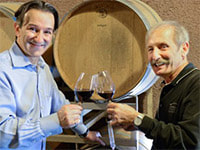
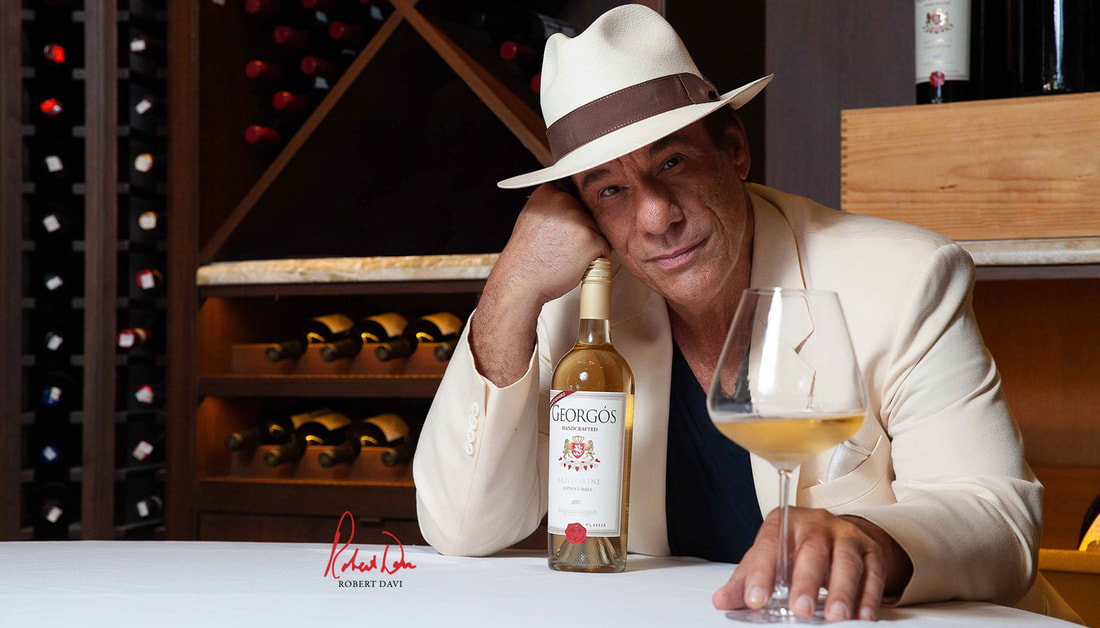
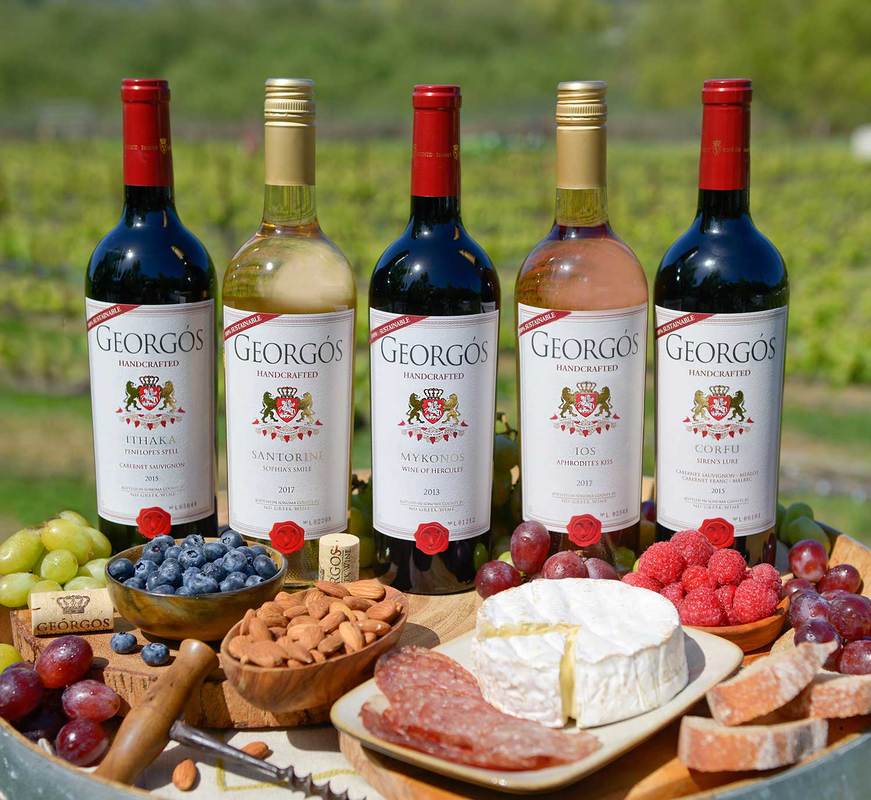
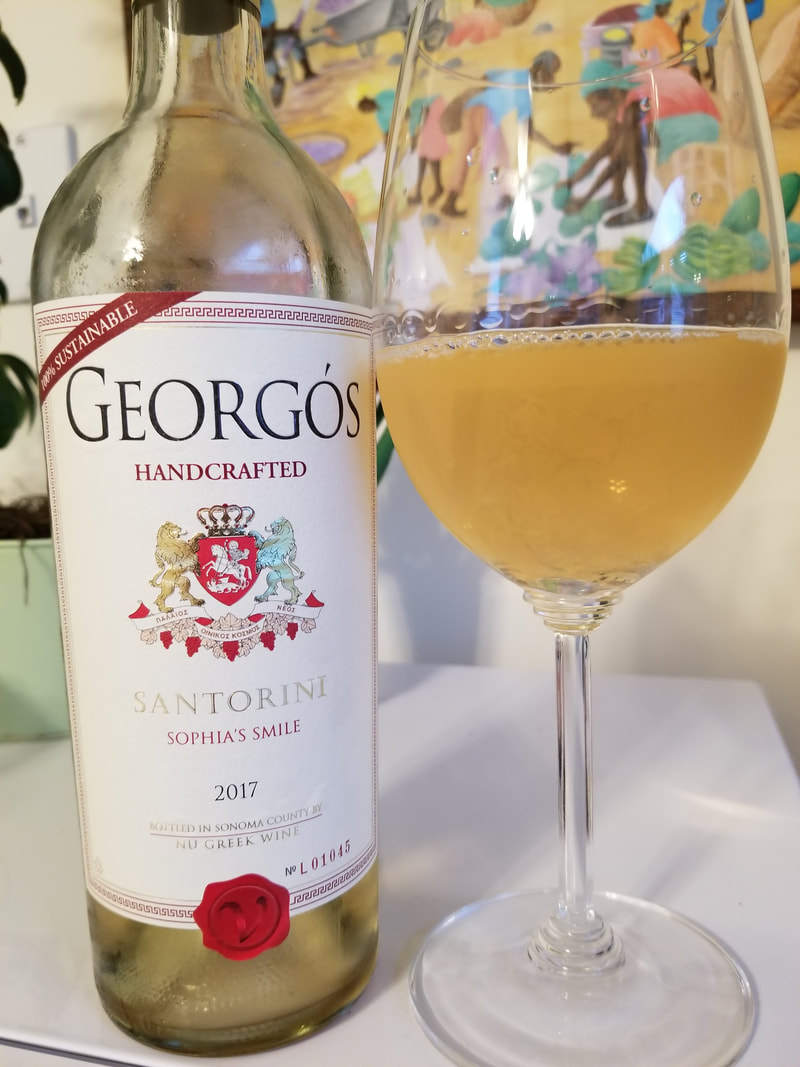
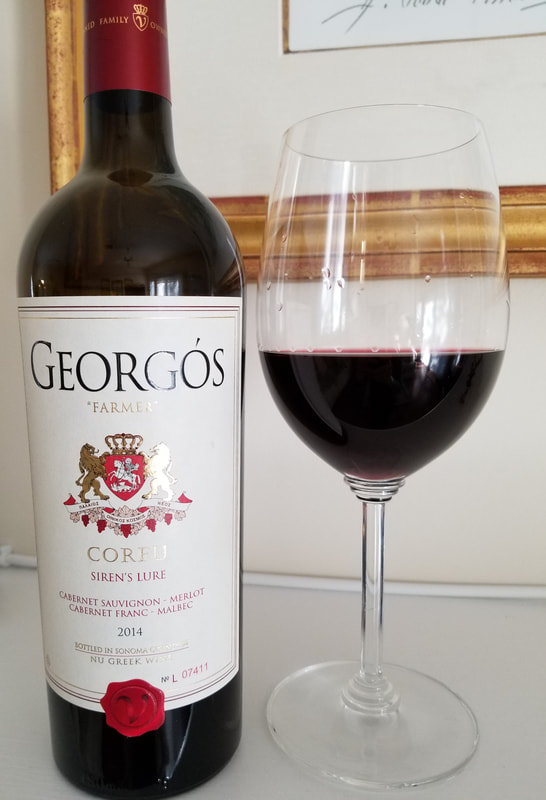
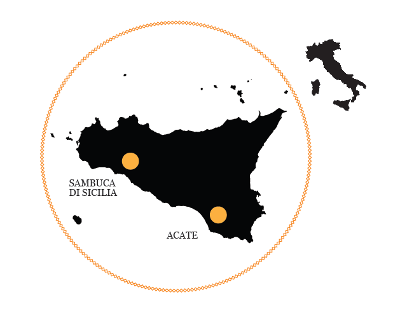
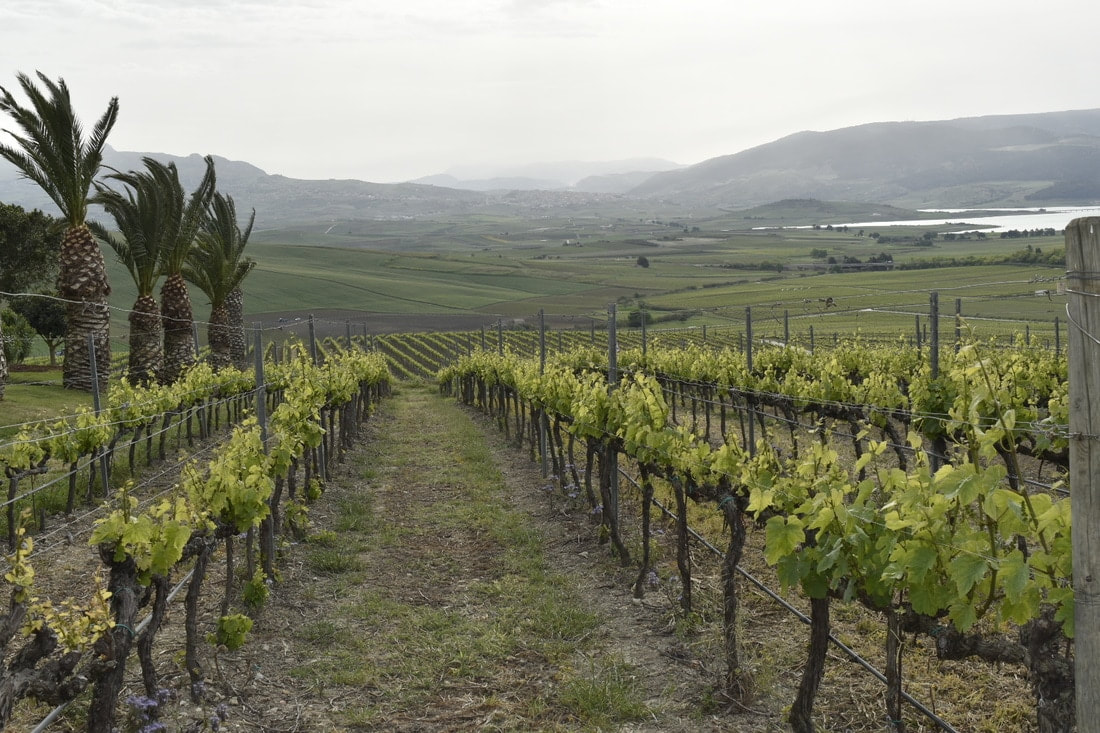
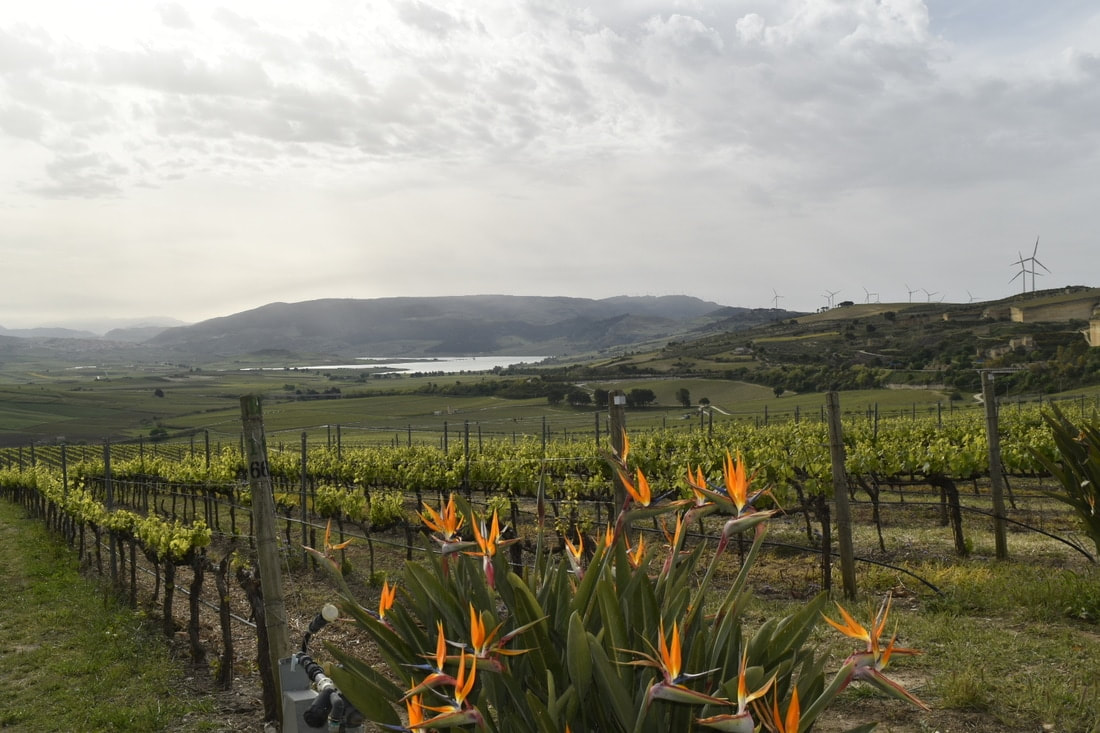
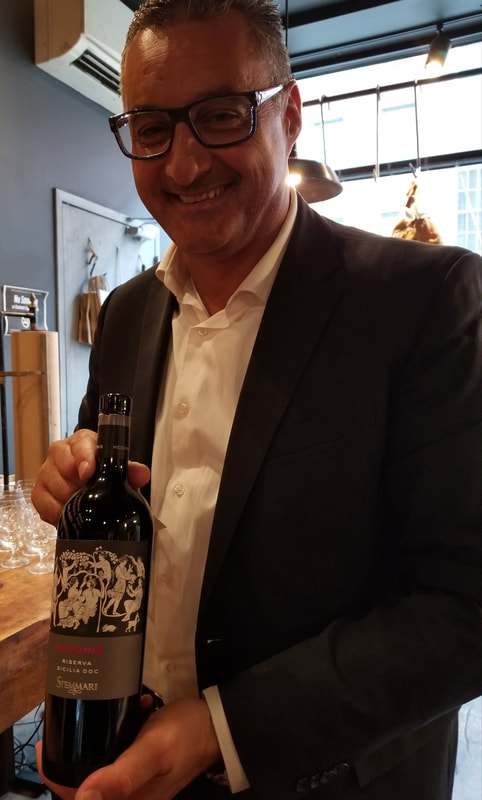
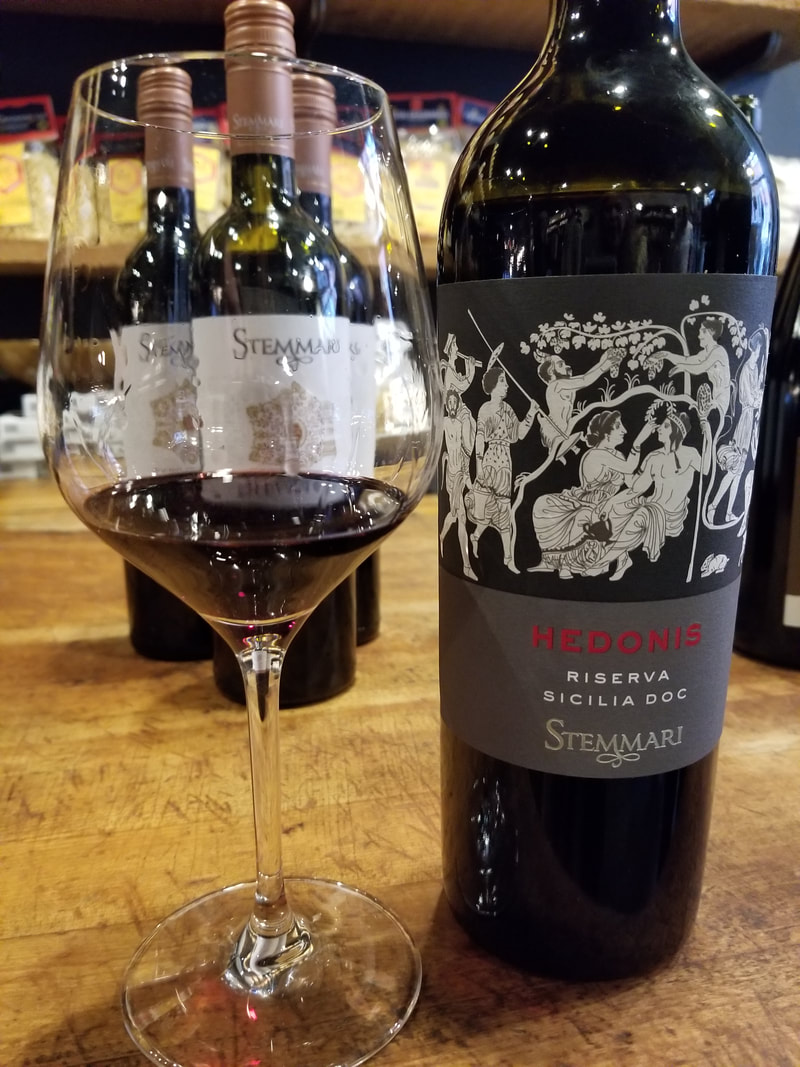
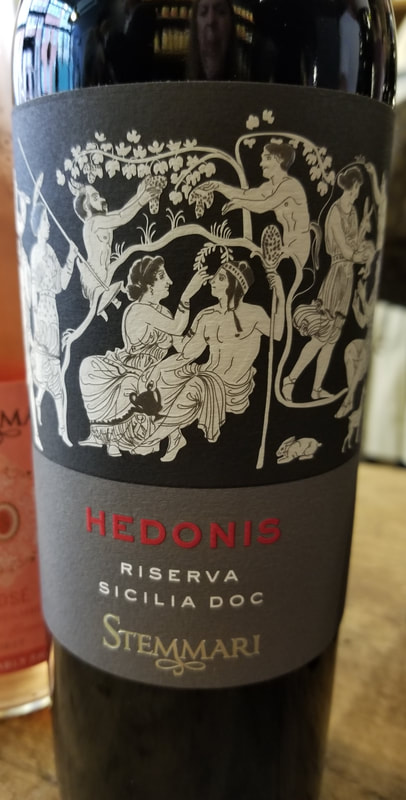

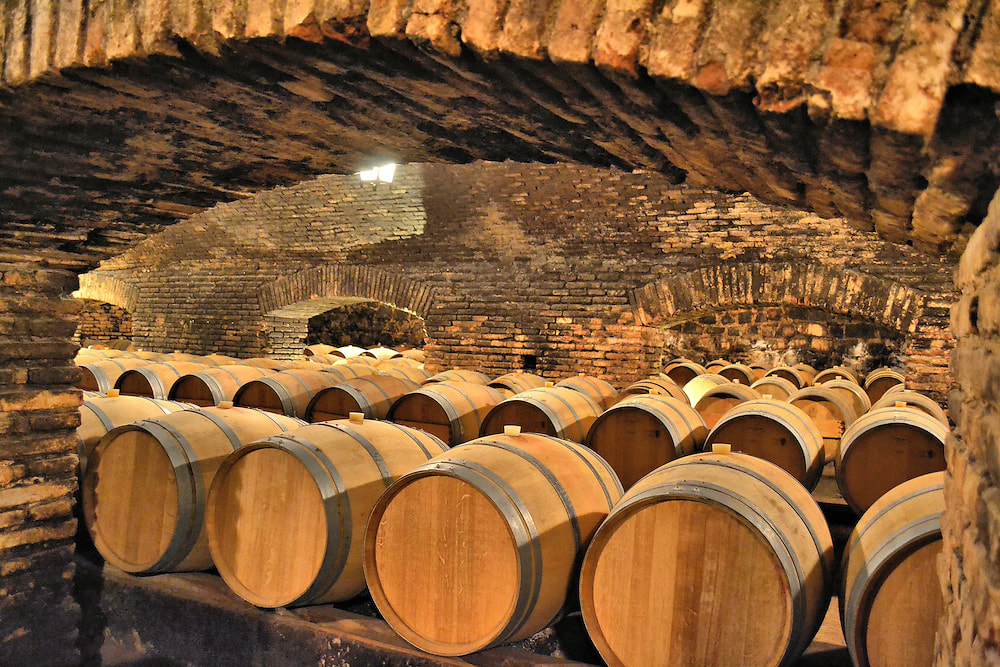
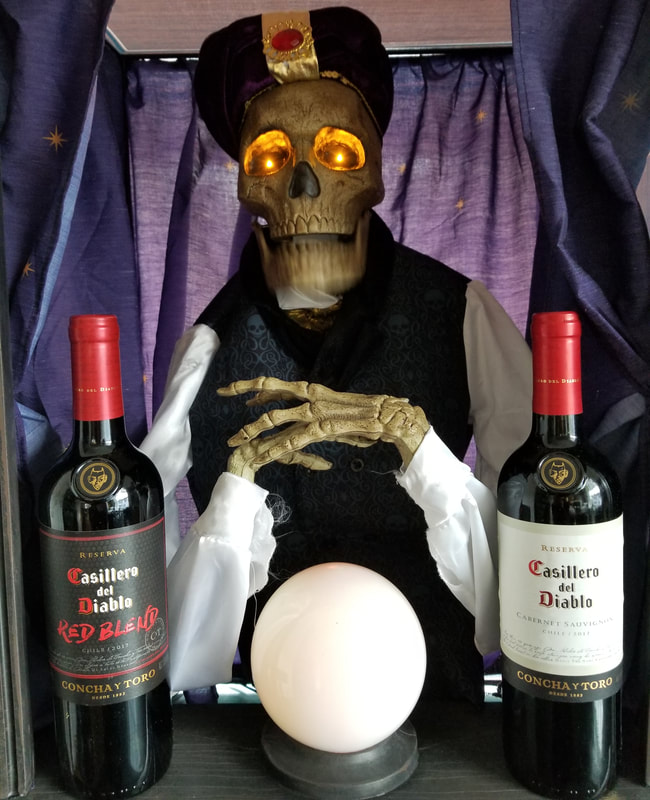
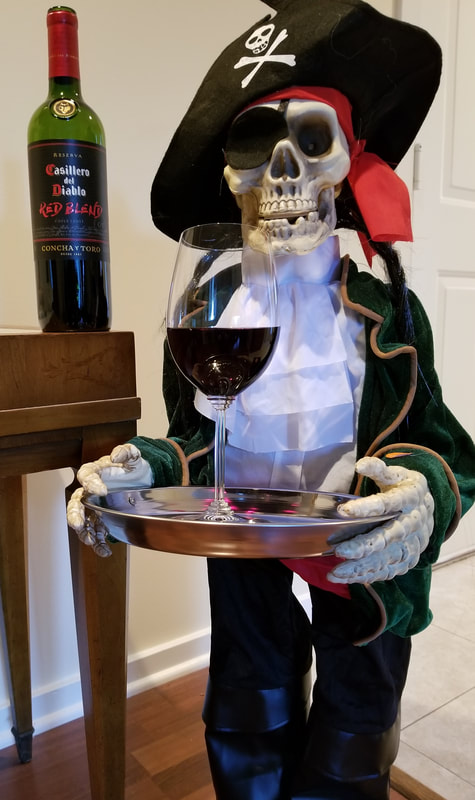
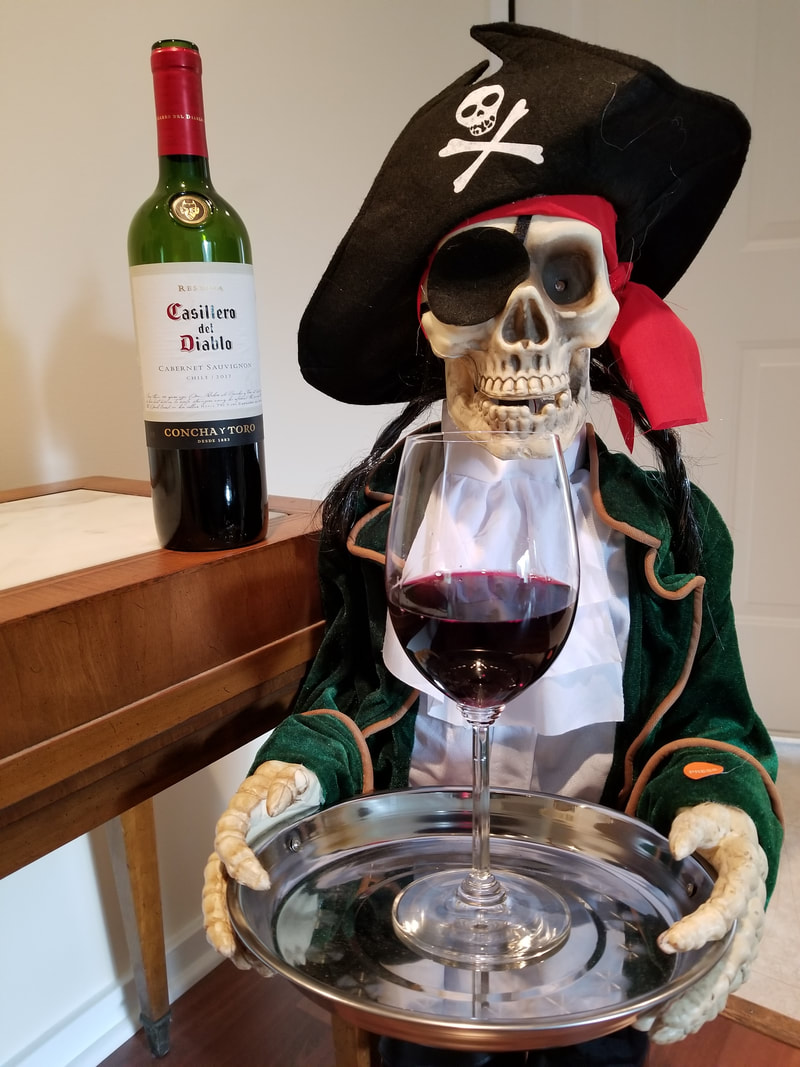
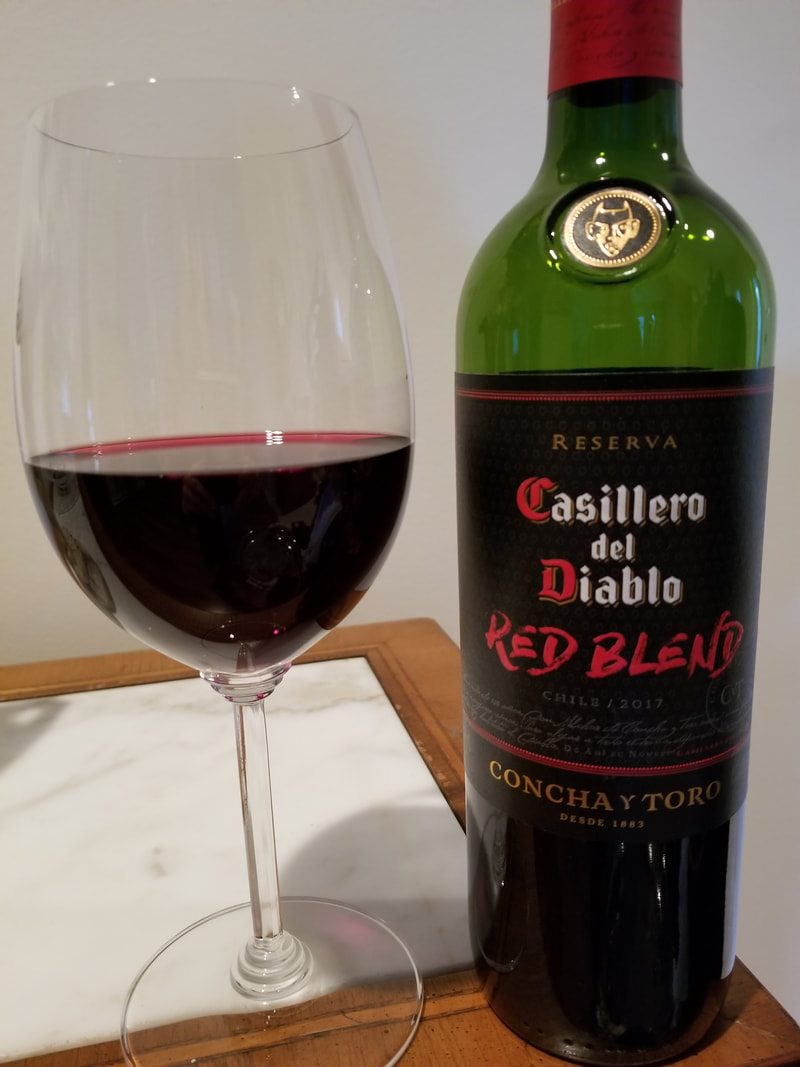
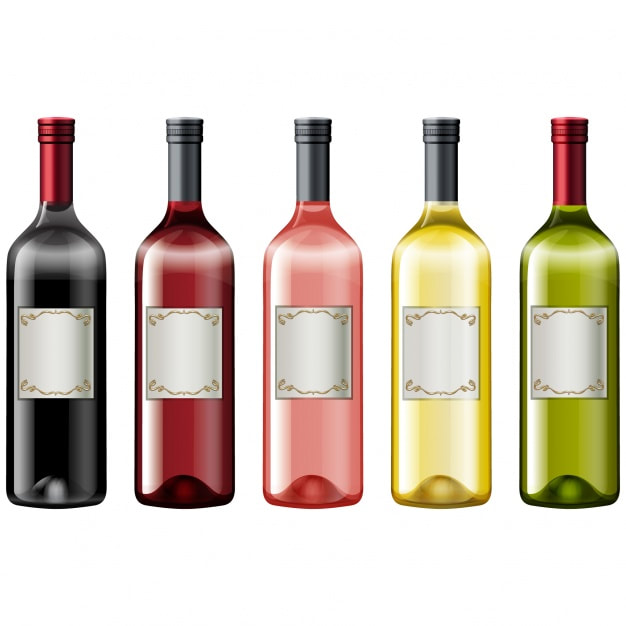
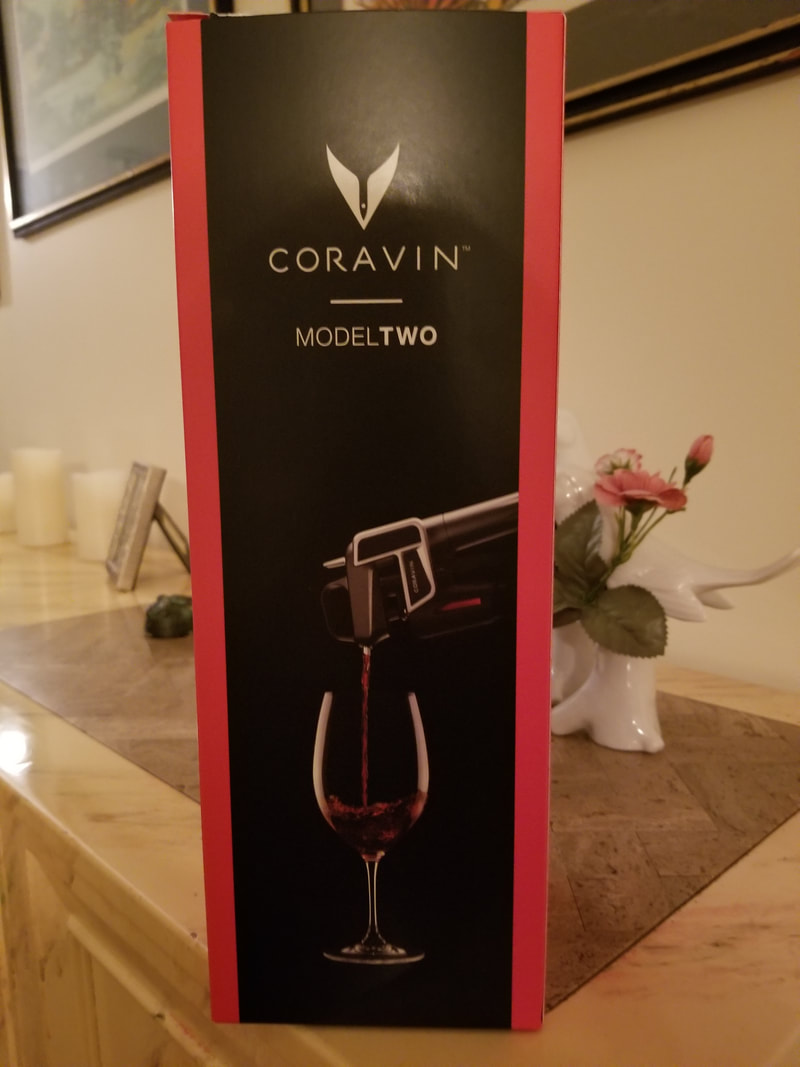
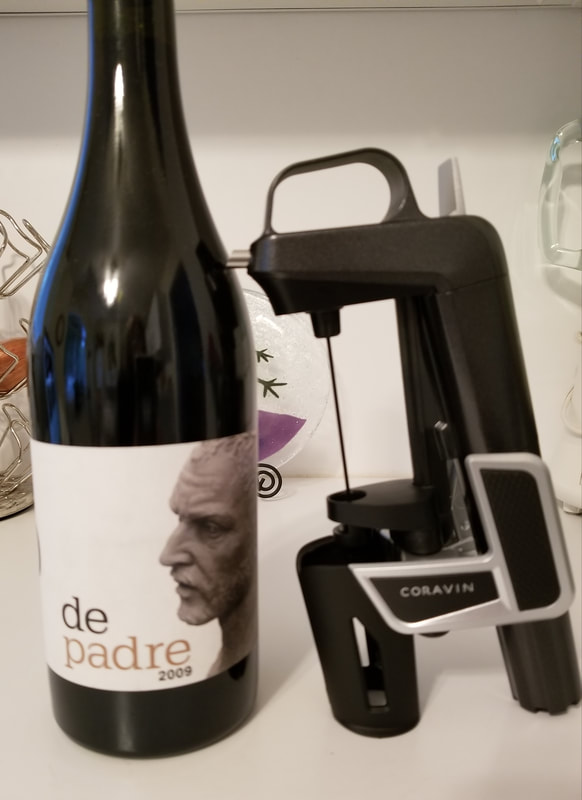
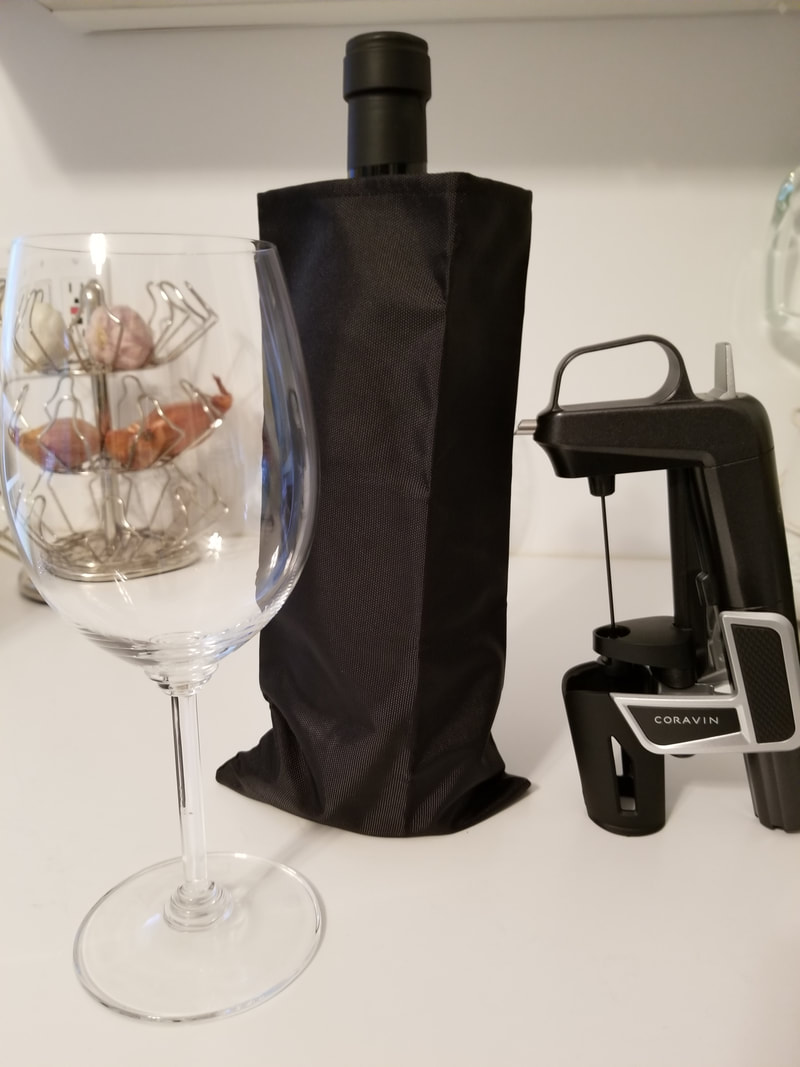
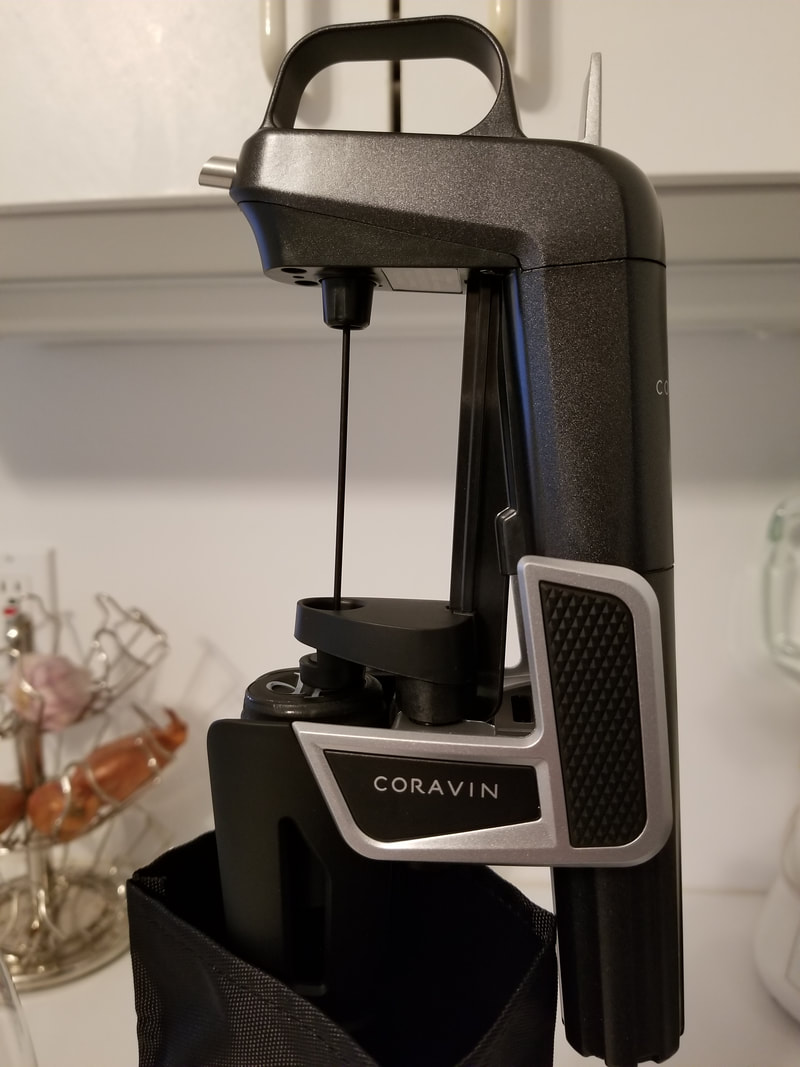



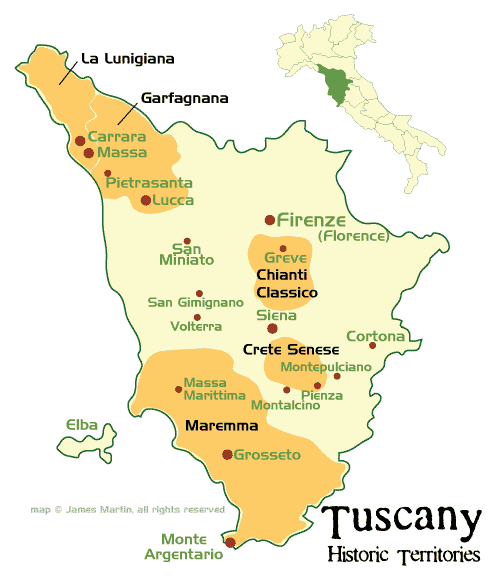
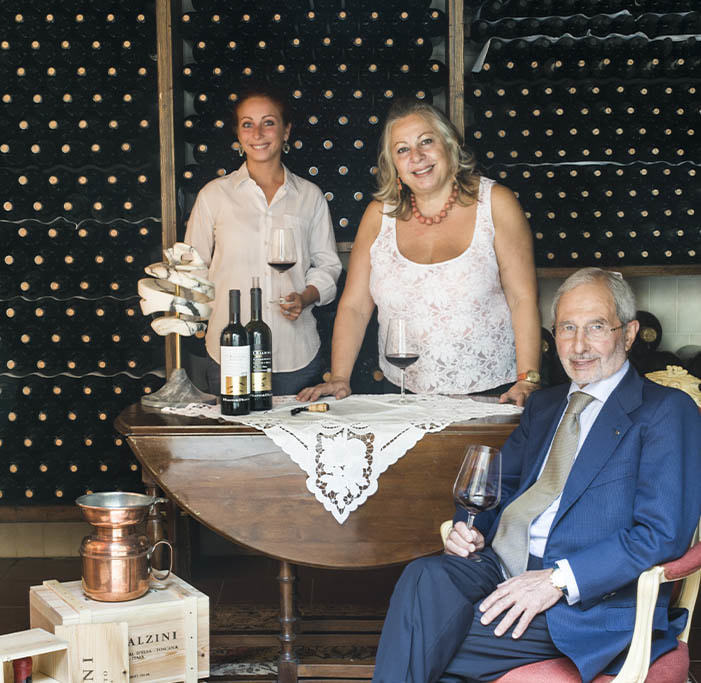
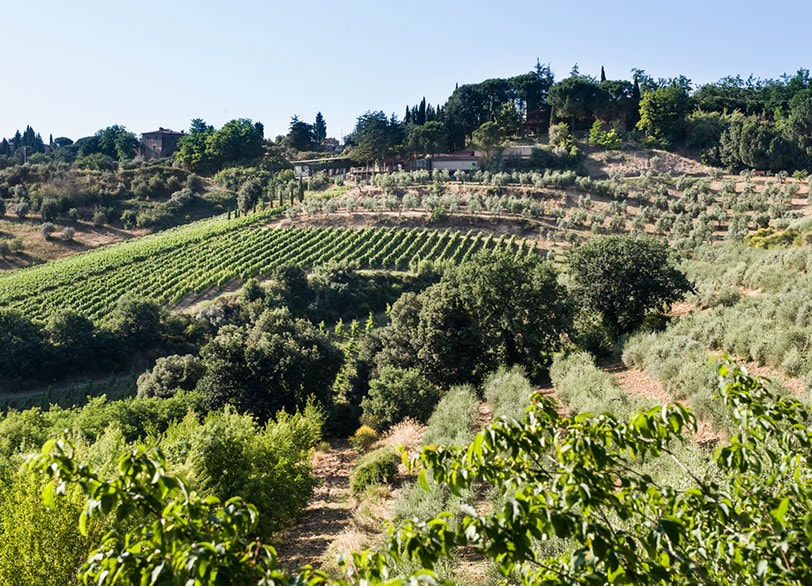
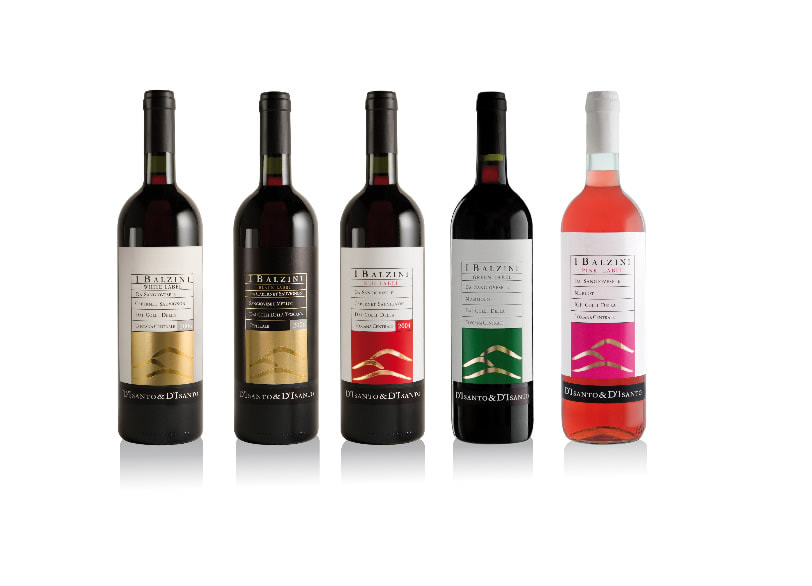
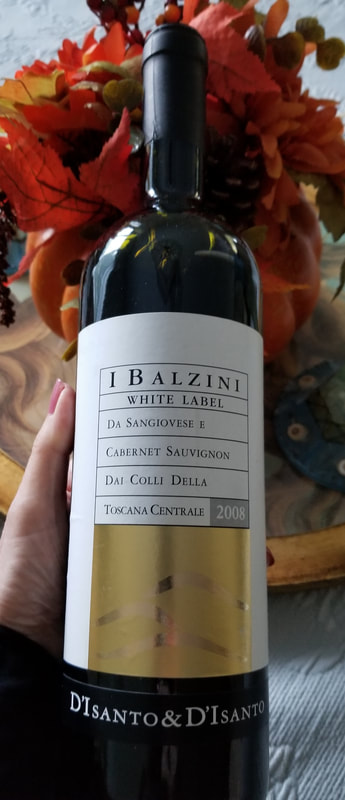

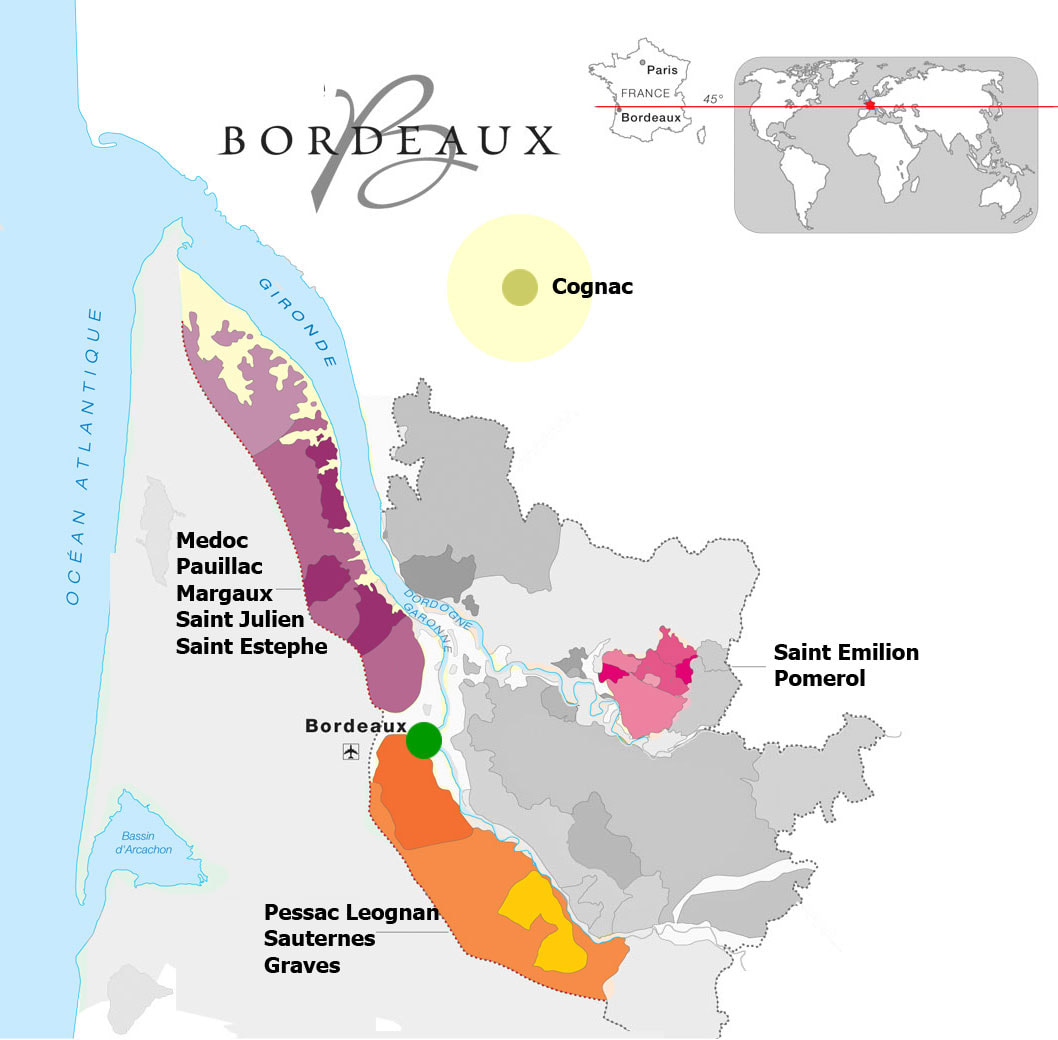
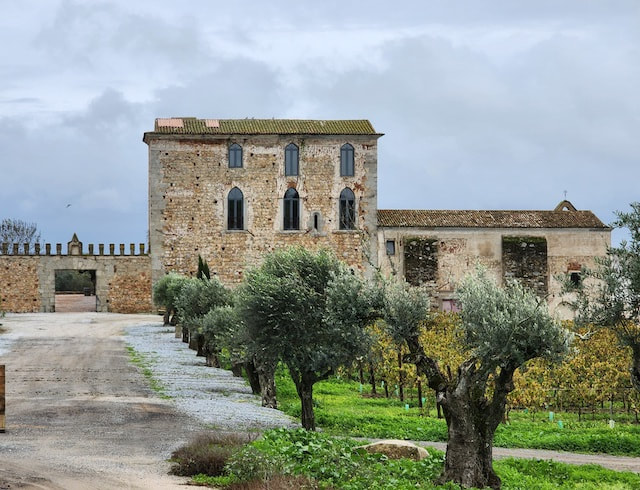
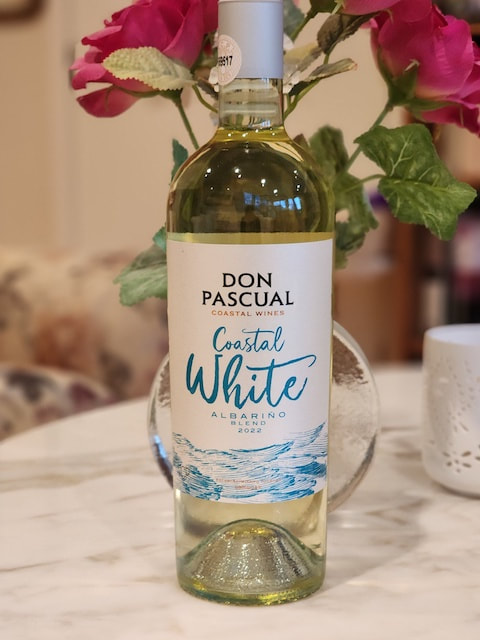
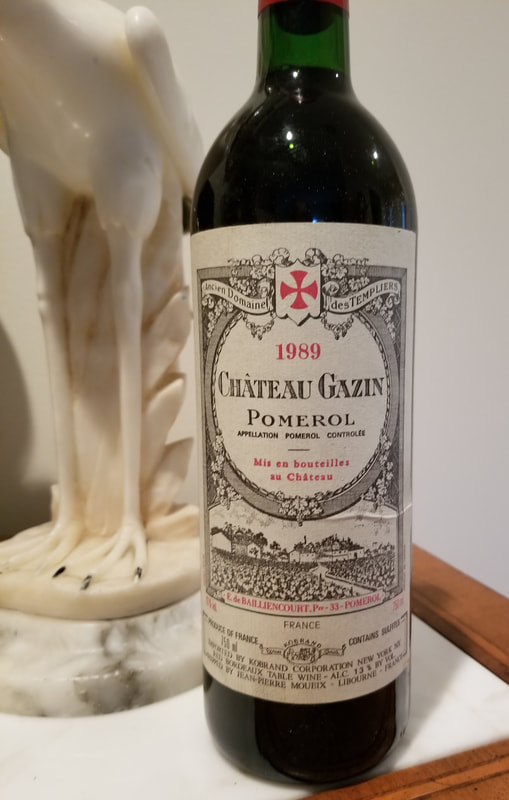
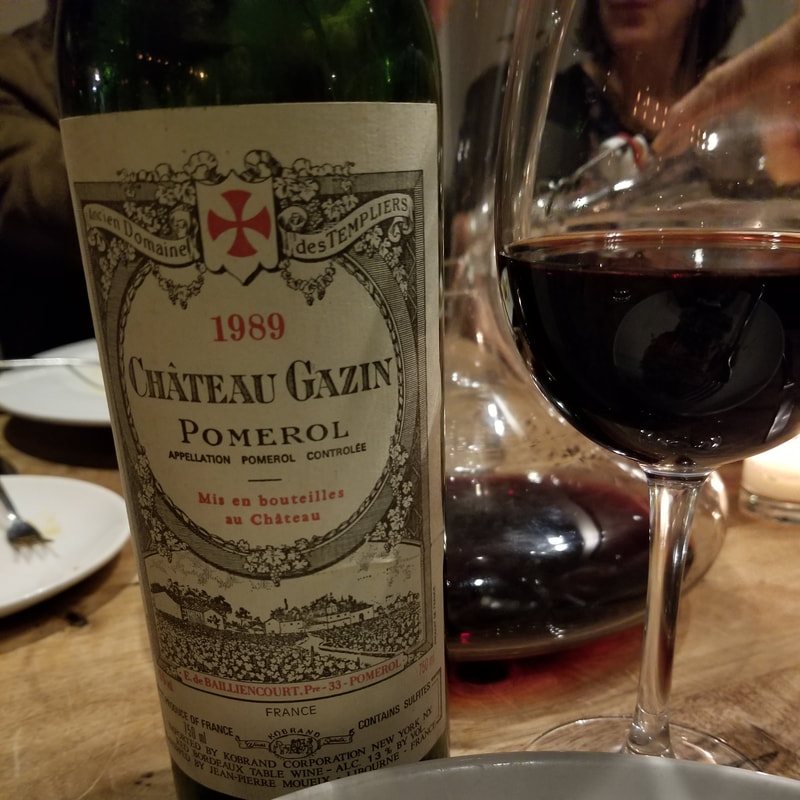
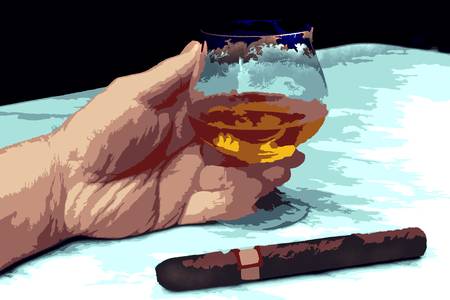
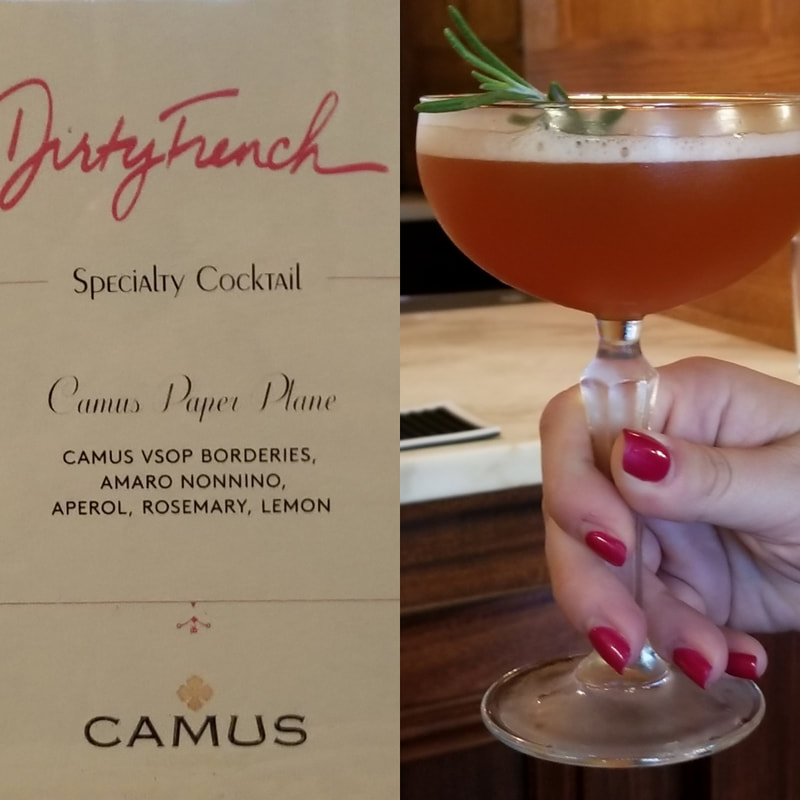
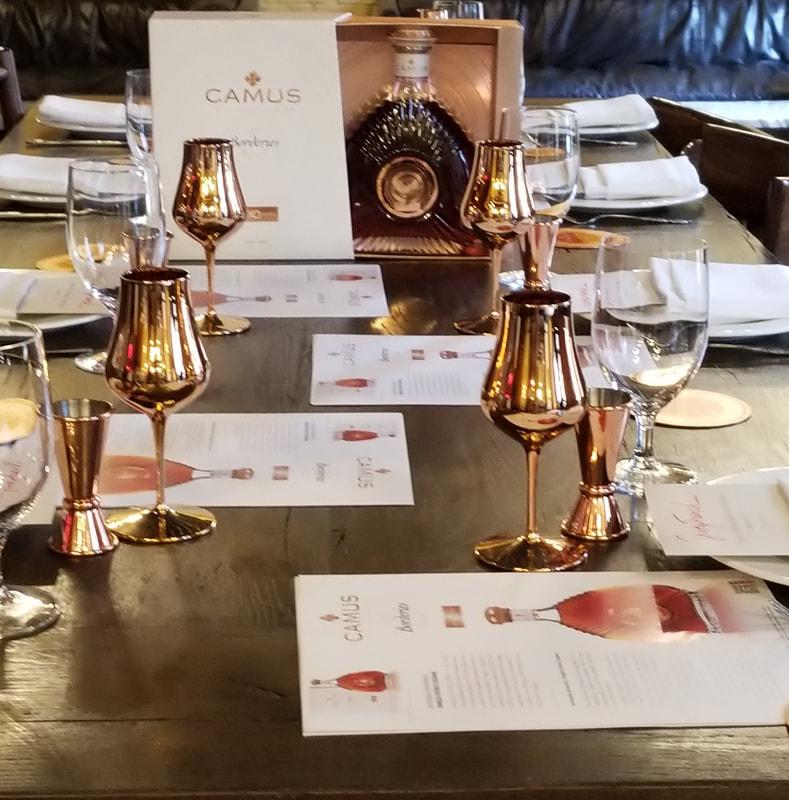
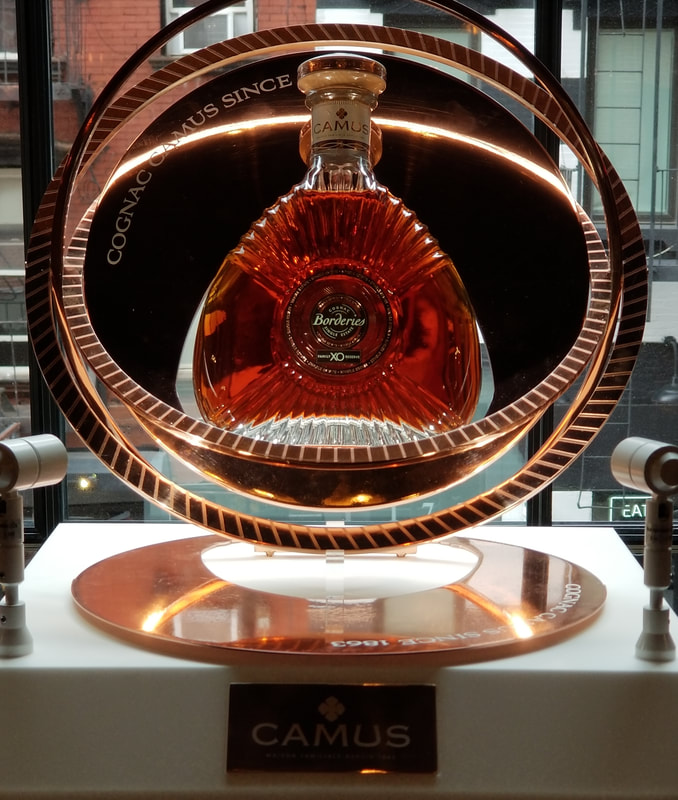
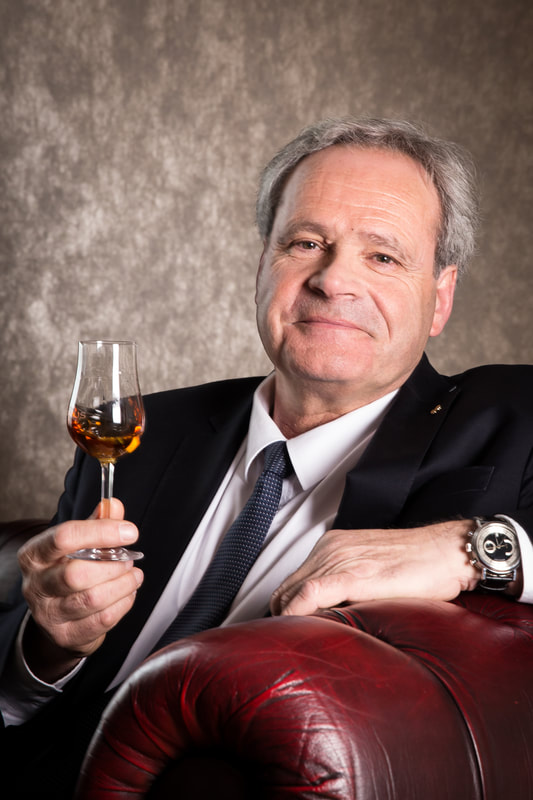
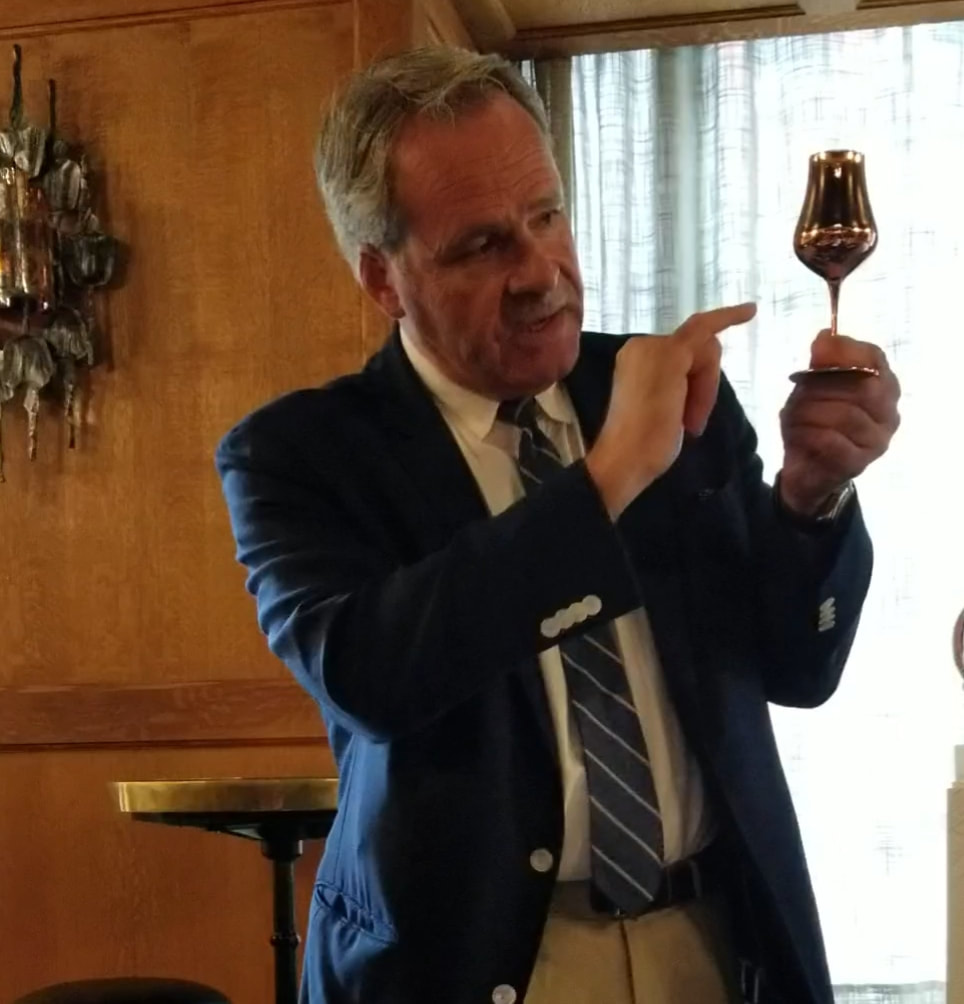

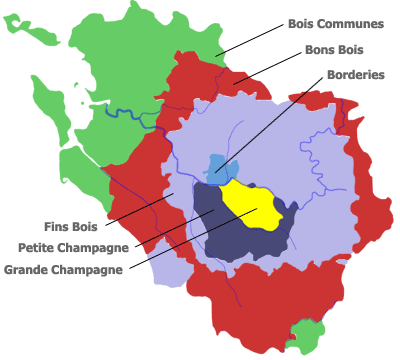
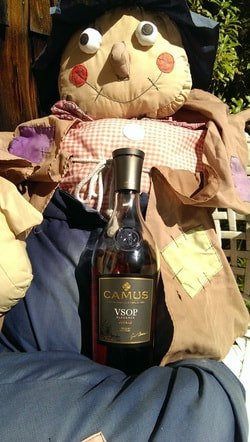
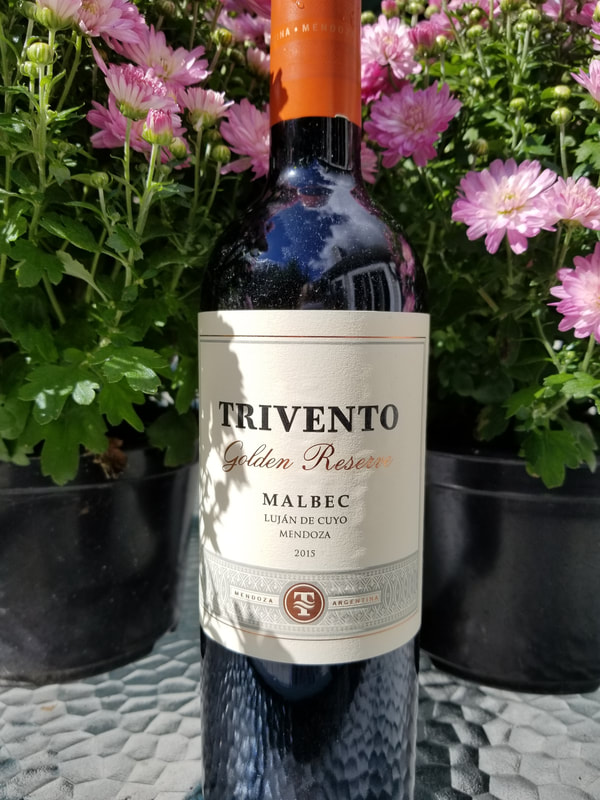
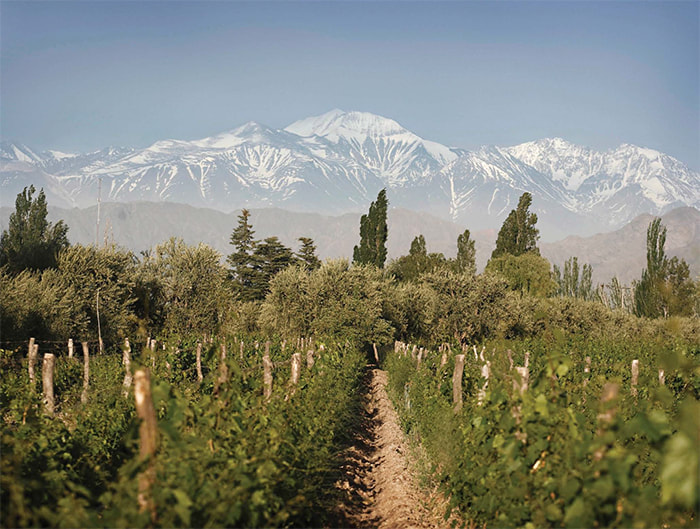
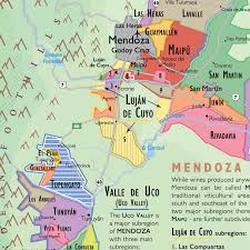
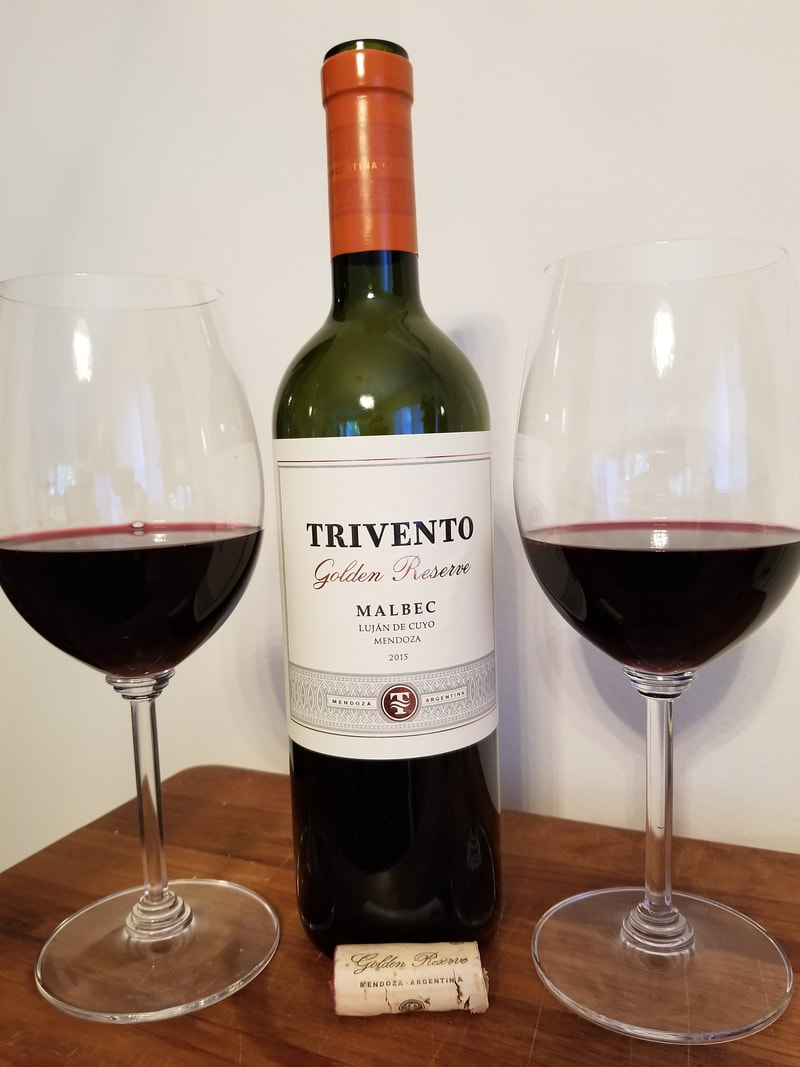
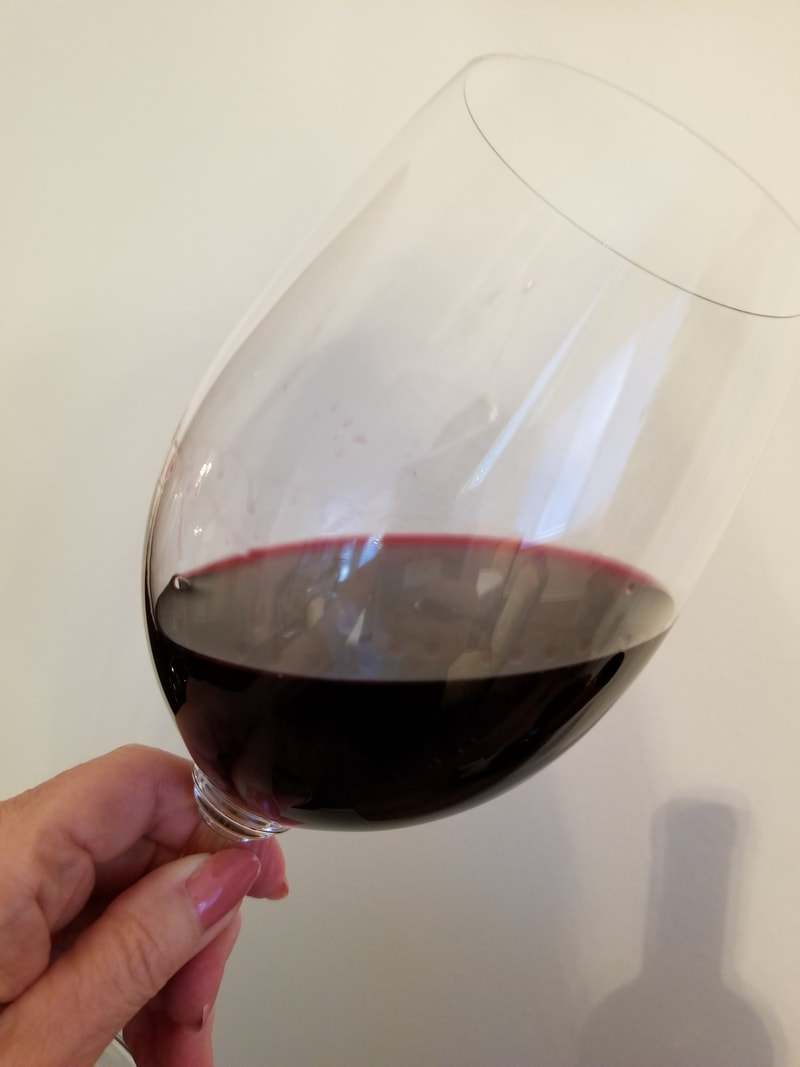
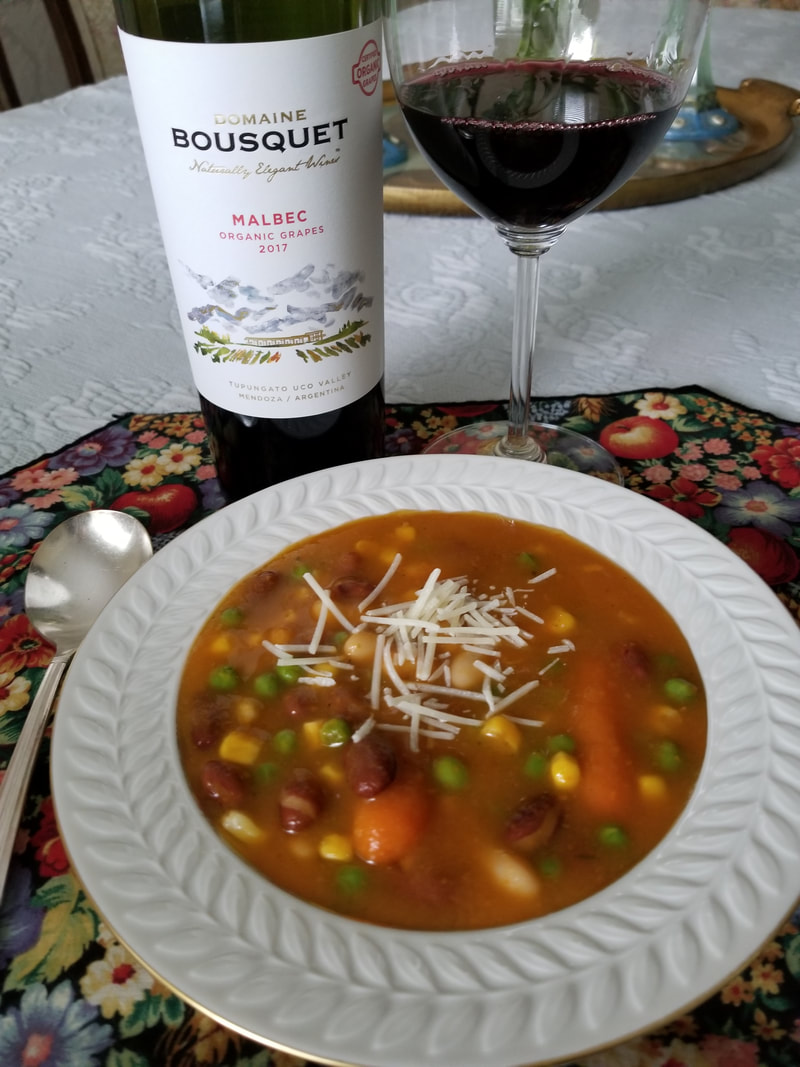
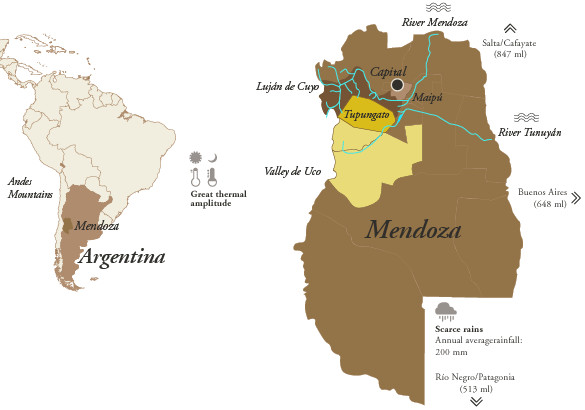
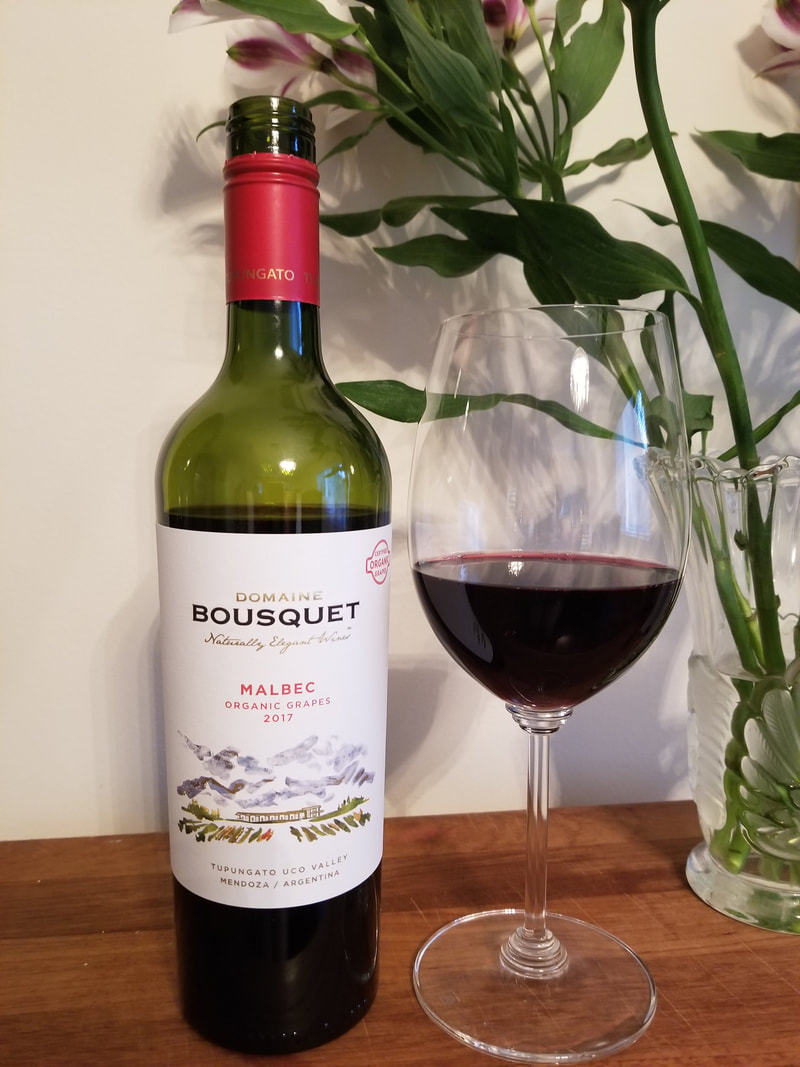
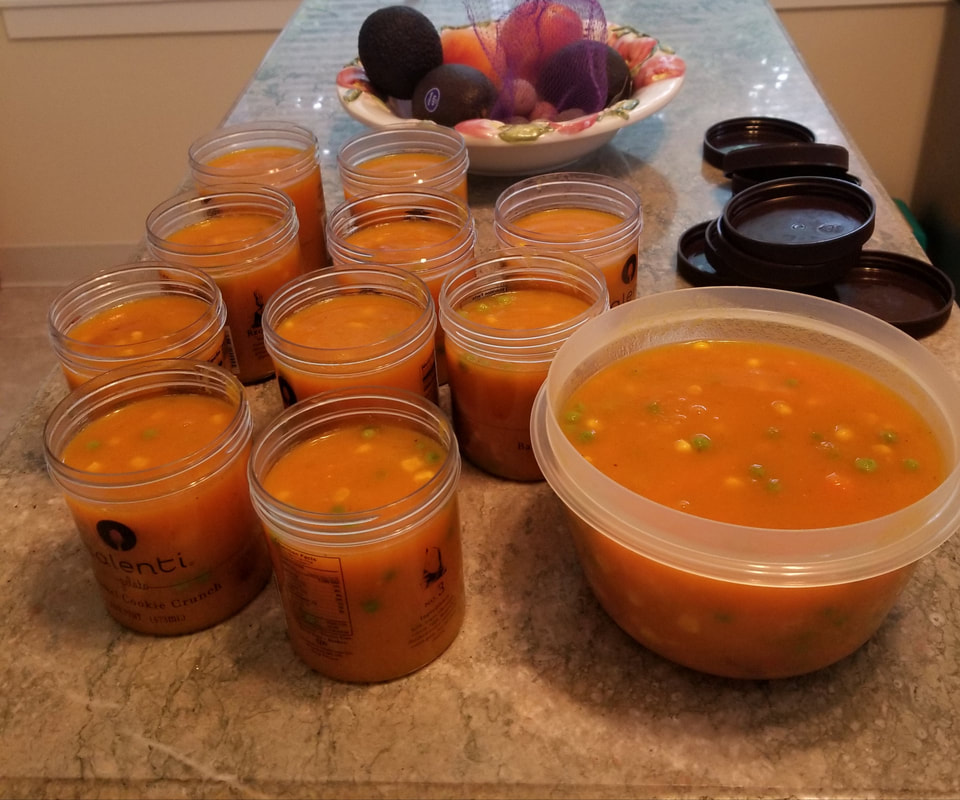
 RSS Feed
RSS Feed